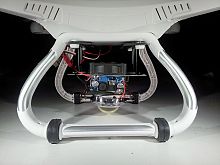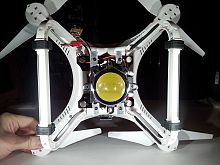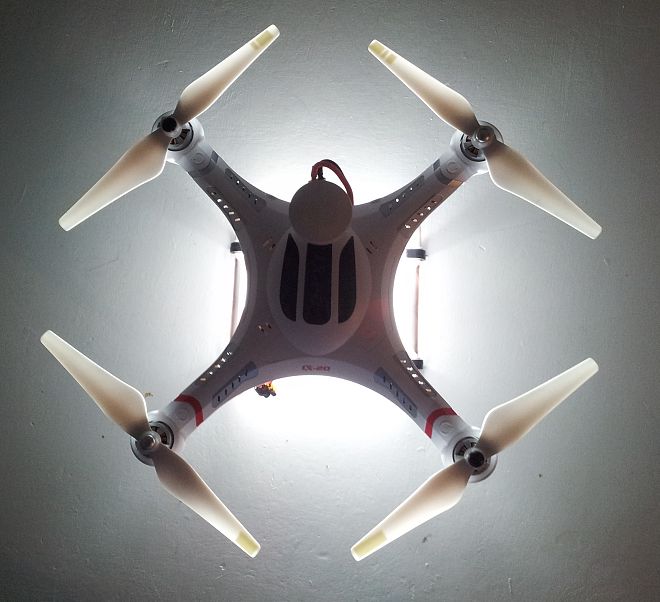Hi
I'm trying to convert the output of a radio control receiver which has variable pulses (from 1ms=0 to 2ms=1 every 20ms) to give me a variable DC voltage output that is fairly linear. I can cope with a variable PWM output if I have to but would rather have a smooth variable voltage. I actually want 0-24V but I can level shift any output with an OpAmp. I have a fair number of 18M2+ and some project PCBs (both types) from a previous project and was hoping to utilise them if possible.
Any ideas about how I go about achieving this ?
I'm trying to convert the output of a radio control receiver which has variable pulses (from 1ms=0 to 2ms=1 every 20ms) to give me a variable DC voltage output that is fairly linear. I can cope with a variable PWM output if I have to but would rather have a smooth variable voltage. I actually want 0-24V but I can level shift any output with an OpAmp. I have a fair number of 18M2+ and some project PCBs (both types) from a previous project and was hoping to utilise them if possible.
Any ideas about how I go about achieving this ?




